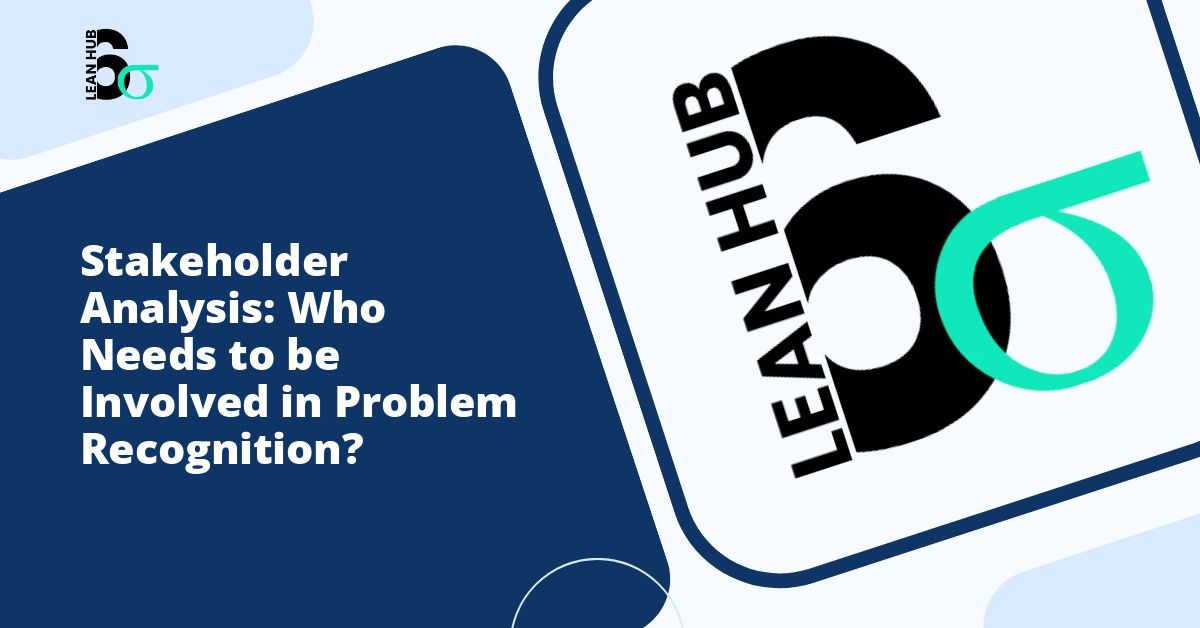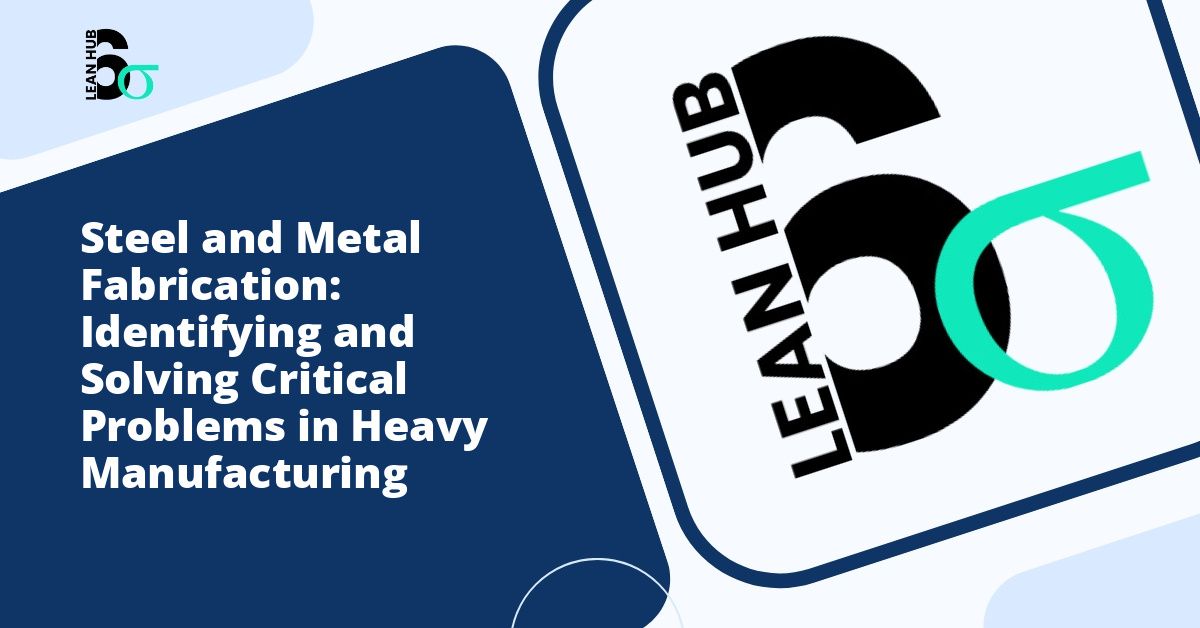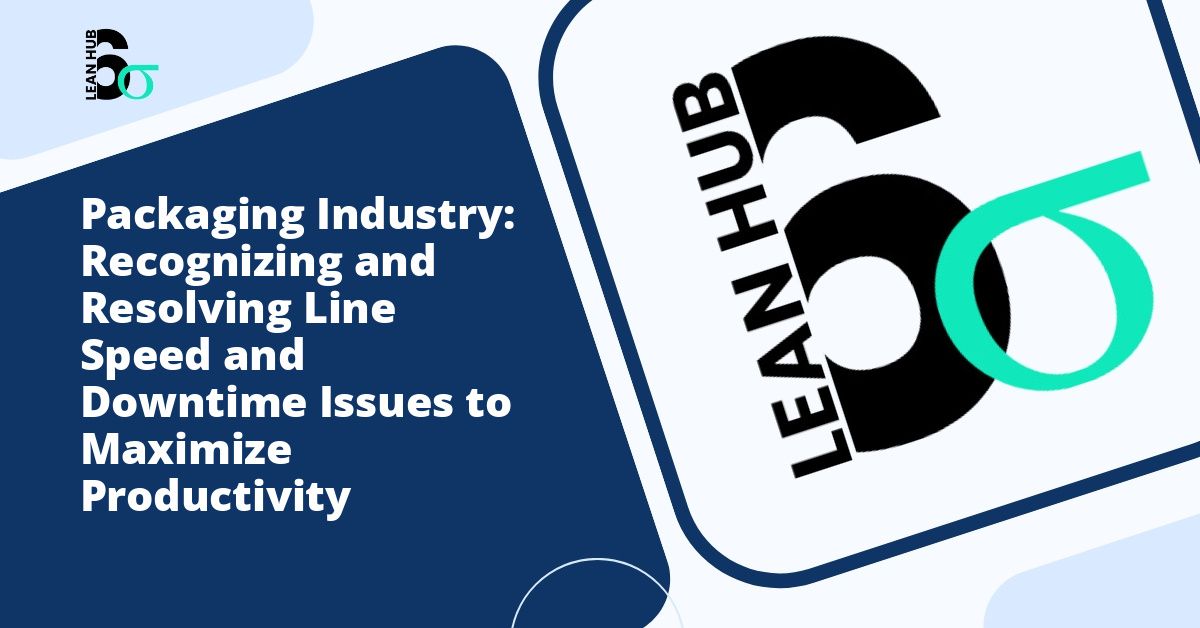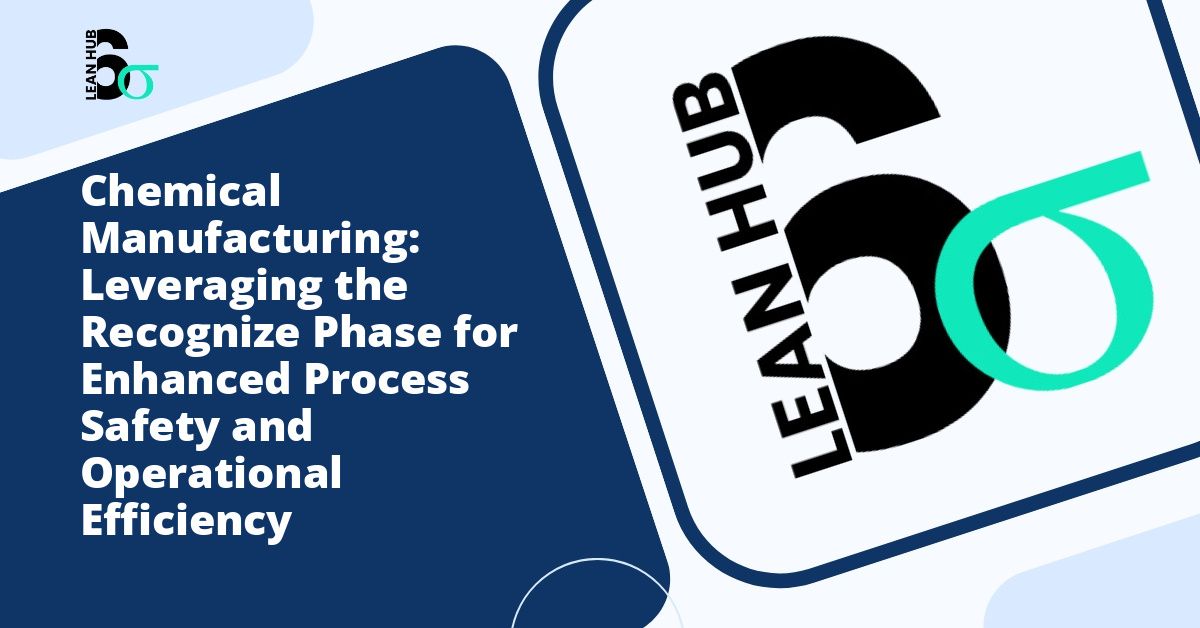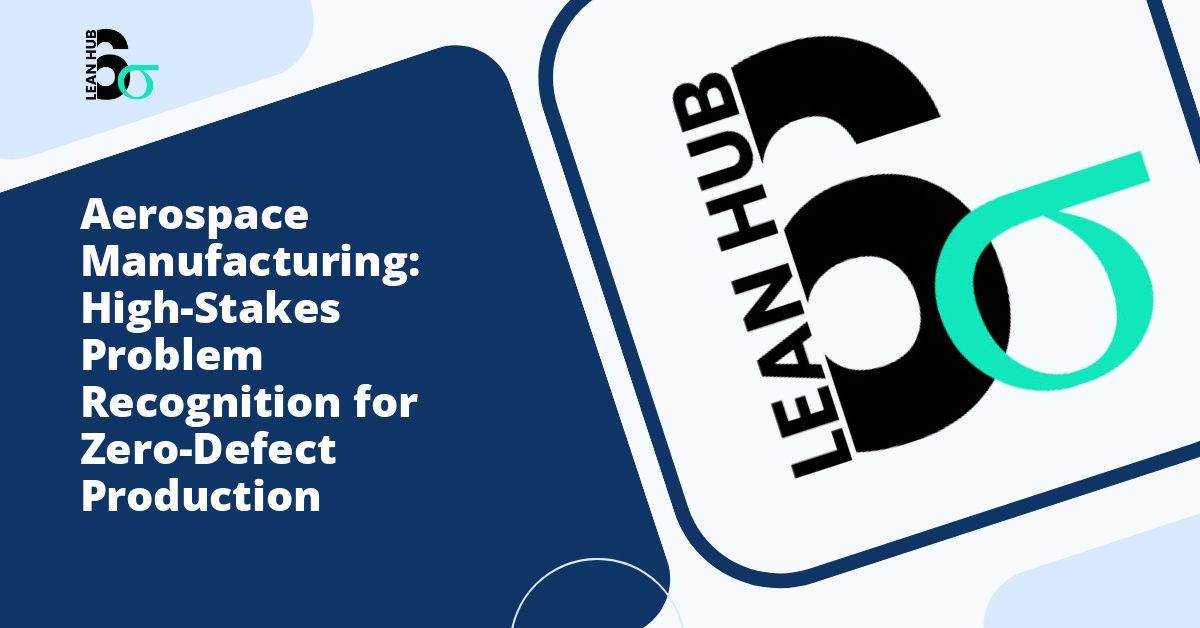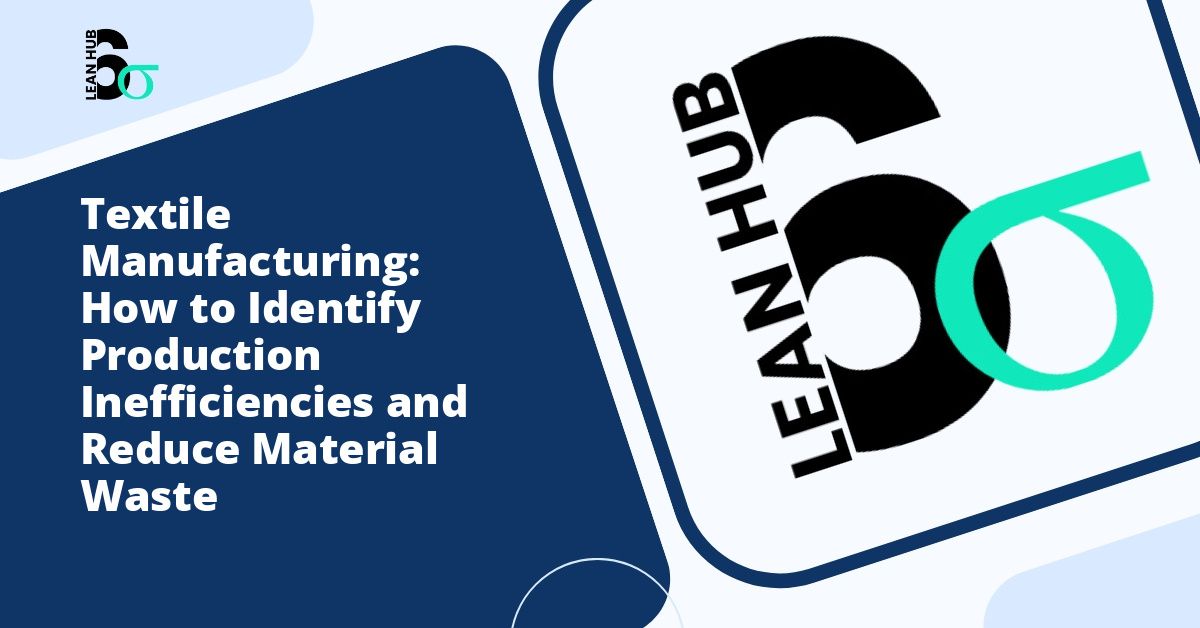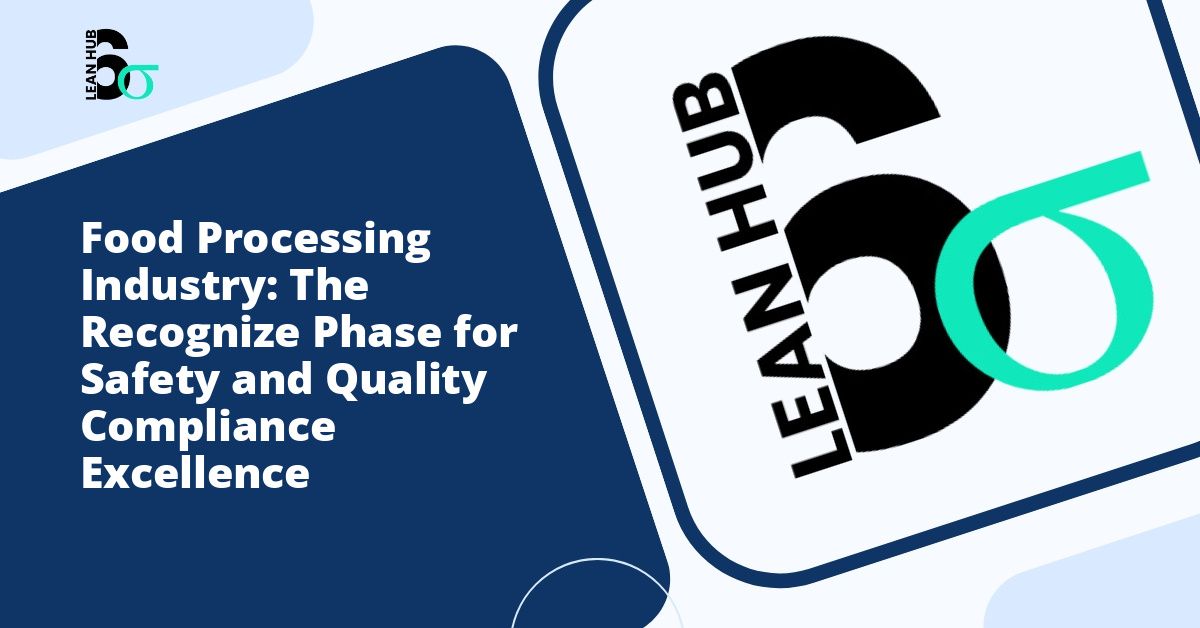Have you ever tried solving a problem, only to realize halfway through that you’ve been missing crucial information from people who actually deal with the issue every day? It’s frustrating, isn’t it? That’s exactly why stakeholder analysis is so important, especially during the problem recognition phase of any improvement initiative.
Whether you’re launching a lean six sigma project or simply trying to improve a process in your organization, identifying and involving the right people from the start can make the difference between a successful solution and a costly mistake. Let’s explore who needs to be at the table when you’re trying to recognize and define problems effectively.
Understanding Stakeholder Analysis in Problem Recognition
Before we dive into the “who,” let’s clarify what we mean by stakeholder analysis. Simply put, it’s the process of identifying everyone who has a stake in a particular problem or its solution. These are the people who are affected by the issue, have information about it, or will be involved in implementing any fixes.
During the recognize phase, stakeholder analysis helps you understand the problem from multiple perspectives. Think of it like assembling a puzzle – each stakeholder holds different pieces, and you need all of them to see the complete picture.
Why Stakeholder Involvement Matters From Day One
You might be tempted to skip this step and jump straight into problem-solving. After all, why waste time gathering people when you already know what’s wrong? Here’s why that approach rarely works:
- Blind spots disappear: What looks like the problem from the management level might just be a symptom of something deeper that frontline workers experience daily.
- Buy-in increases: People support what they help create. Involve stakeholders early, and they’ll become advocates rather than resisters.
- Better solutions emerge: Diverse perspectives lead to more creative and practical solutions.
- Resource waste decreases: You’ll avoid solving the wrong problem or creating solutions that nobody will use.
The Key Stakeholder Groups in Problem Recognition
Now let’s get specific about who should be involved. While every situation is unique, most problem recognition efforts should include these stakeholder groups:
1. Process Owners and Managers
These are the people responsible for the processes or areas where the problem exists. They have oversight, understand how the process fits into larger organizational goals, and control resources needed for solutions. In lean six sigma terminology, these are often your project champions or sponsors.
Process owners can tell you about historical context – what’s been tried before, why certain approaches were taken, and what constraints exist. They’re essential for understanding whether your problem recognition aligns with strategic priorities.
2. Frontline Workers and End Users
Here’s where the rubber meets the road. The people who actually do the work or use the process daily have insights that nobody else possesses. They experience the problem firsthand, often develop workarounds, and can tell you about variation that happens in real-world conditions.
Never underestimate this group. I’ve seen countless projects fail because managers assumed they understood the problem without talking to the people living with it every day. The frontline perspective is absolutely critical during the recognize phase.
3. Customers (Internal and External)
Who receives the output of the process you’re examining? These customers – whether they’re paying clients or the next department in your workflow – can tell you how the problem affects them. They define what “quality” and “value” actually mean in practical terms.
Customer input helps you prioritize. A problem that seems minor internally might be causing major headaches for customers, or vice versa. You can’t recognize the full scope of a problem without understanding its downstream impact.
4. Subject Matter Experts (SMEs)
These are the technical specialists who understand the intricate details of specific aspects of the problem. They might be engineers, data analysts, quality specialists, or other professionals with deep expertise in relevant areas.
SMEs help you separate symptoms from root causes and understand technical constraints or possibilities you might not otherwise consider. They’re particularly valuable in lean six sigma projects where data analysis and process complexity are significant factors.
5. Support Functions
Don’t forget about IT, HR, finance, legal, and other support departments. Problems rarely exist in isolation. The issue you’re recognizing might have implications for systems, people, budgets, or compliance requirements.
Involving these stakeholders early prevents nasty surprises later when you discover that your proposed solution violates a regulation or requires budget approval you didn’t anticipate.
6. Cross-Functional Partners
Most processes touch multiple departments. The people working in upstream or downstream functions can provide context about how problems cascade through your organization. They might reveal that your problem is actually caused by something happening earlier in the chain.
How to Conduct Effective Stakeholder Analysis
Knowing who to involve is one thing; actually doing it effectively is another. Here’s a practical approach:
Start with a Stakeholder Map
Create a visual representation of everyone connected to the problem. You can use a simple diagram with the problem at the center and stakeholders radiating outward. Group them by their relationship to the issue – those directly affected, those who influence it, and those who need to be informed.
Assess Interest and Influence
Not all stakeholders need the same level of involvement. Create a matrix with “interest” on one axis and “influence” on the other. This helps you determine who needs to be actively engaged versus who just needs updates.
High influence, high interest stakeholders should be fully engaged throughout the recognize phase. High influence, low interest stakeholders need enough involvement to maintain their support. Low influence, high interest stakeholders often provide valuable information. Low influence, low interest stakeholders might just need occasional communication.
Plan Your Engagement Approach
Different stakeholders require different engagement methods. Executives might prefer brief presentations with key data. Frontline workers might be more comfortable in small group discussions or individual interviews. Customers might respond well to surveys or focus groups.
The goal isn’t to involve everyone in everything – that’s a recipe for meeting overload. Instead, be strategic about when and how you engage each stakeholder group.
Common Pitfalls to Avoid
Even with the best intentions, stakeholder analysis can go wrong. Watch out for these mistakes:
- The echo chamber effect: Only talking to people who agree with your initial assessment of the problem
- The squeaky wheel syndrome: Letting the loudest voices dominate while quiet but knowledgeable stakeholders are ignored
- Analysis paralysis: Involving so many people that you can never reach clarity about what the problem actually is
- Token involvement: Going through the motions of asking for input but having already decided what the problem is
- Timing failures: Bringing stakeholders in too late, after decisions have already been made
Making It Practical: A Real-World Example
Let me share a quick example. A manufacturing company wanted to reduce defects in their assembly line. Initially, management thought they knew the problem: workers weren’t following standard procedures.
But when they conducted proper stakeholder analysis during the recognize phase of their lean six sigma project, they discovered something different. Frontline workers explained that the standard procedures were outdated and didn’t account for variations in raw materials. The purchasing department revealed they’d switched suppliers six months earlier to save costs. Quality inspectors noted that defects correlated with specific material batches.
The real problem wasn’t worker compliance – it was material variation that required procedure updates. Without involving all these stakeholders early, the company would have wasted time and money retraining workers to follow procedures that didn’t address the actual issue.
Your Action Plan for Stakeholder Analysis
Ready to put this into practice? Here’s what to do:
- List everyone who touches or is touched by the problem you’re trying to recognize
- Categorize them by their relationship to the issue and their level of influence
- Plan specific engagement methods for each stakeholder group
- Commit to genuine listening – approach with curiosity, not confirmation bias
- Document what you learn from each perspective
- Look for patterns and contradictions that reveal deeper truths about the problem
Remember, the time you invest in stakeholder analysis during problem recognition pays dividends throughout your entire improvement project. You’ll have clearer problem statements, better solutions, stronger support, and higher success rates.
Problem recognition isn’t a solo sport – it’s a team effort that requires diverse perspectives, honest dialogue, and genuine collaboration. By involving the right stakeholders from the beginning, you’re not just recognizing problems more accurately; you’re building the foundation for solutions that actually work.

